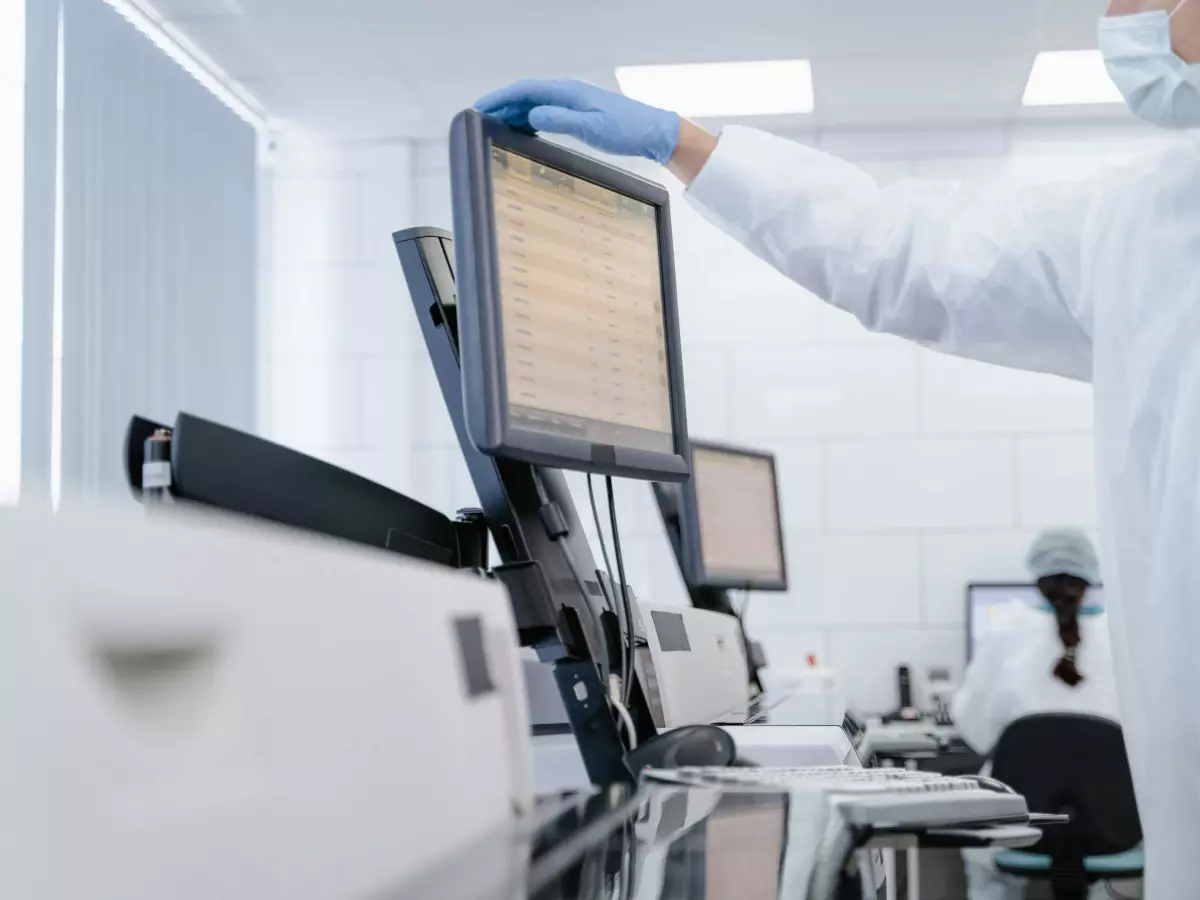AI and Data Deduplication
Imagine cleaning your room versus organizing a library. One is a quick fix, the other is a monumental task. Now, think of your data as that library, and AI as the librarian.

By Jason Patel
Cleaning your room might take a few minutes, but organizing a library? That’s a whole different ballgame. Your data is like that library—massive, complex, and prone to duplicates. And just like a librarian who knows where every book belongs, AI is stepping in to help us manage this overwhelming task. Enter data deduplication, a process that ensures your data isn’t cluttered with unnecessary copies, and AI is the unsung hero making it all possible.
So, what exactly is data deduplication? In simple terms, it’s the process of identifying and eliminating duplicate copies of data. Whether it’s files, records, or entire datasets, duplication is a common issue that can lead to inefficiencies, increased storage costs, and even inaccurate analysis. Traditionally, this was a manual process, requiring data engineers to sift through mountains of information. But now, AI is here to make this tedious job faster, smarter, and more efficient.
Why Data Duplication Happens
Before we dive into how AI tackles the problem, let’s talk about why duplication happens in the first place. In today’s data-driven world, information is constantly being collected from various sources—social media, IoT devices, customer databases, you name it. With so many inputs, it’s inevitable that some data points will overlap or even be identical. For example, a customer might fill out a form on your website twice, or the same file might be uploaded to a cloud storage system multiple times. These duplicates can quickly add up, leading to bloated databases and wasted resources.
But here’s the kicker: duplicates aren’t always exact. Sometimes, they’re partial or slightly different, making them harder to spot. That’s where AI comes in, using advanced algorithms to identify not just exact matches but also near-duplicates that a human might miss.
How AI Detects Duplicates
AI-powered deduplication works by analyzing data at a granular level. It doesn’t just look for identical records; it uses machine learning models to identify patterns and similarities between data points. For example, AI can recognize that “John Smith” and “J. Smith” might be the same person, even though the names aren’t an exact match. It can also detect that two files with slightly different names or timestamps are actually the same document.
One of the key techniques AI uses for this is called fuzzy matching. Unlike traditional methods that rely on exact matches, fuzzy matching allows AI to find records that are similar but not identical. This is especially useful for cleaning up messy datasets where human error or inconsistencies might have introduced slight variations in the data.
AI’s Role in Real-Time Deduplication
Another game-changing aspect of AI in data deduplication is its ability to work in real-time. In the past, deduplication was often done as a batch process, meaning data would be collected, stored, and then cleaned up later. But with AI, deduplication can happen on the fly, as data is being collected. This is particularly useful for industries like e-commerce or finance, where real-time data accuracy is crucial for decision-making.
Imagine running an online store and receiving thousands of customer orders every minute. Without real-time deduplication, you could end up with duplicate orders, leading to inventory issues and unhappy customers. But with AI, duplicates are caught and eliminated before they even make it into your system, ensuring that your data is always clean and accurate.
Benefits of AI-Powered Deduplication
So, why should you care about AI-powered deduplication? Here are a few key benefits:
- Improved Data Accuracy: By eliminating duplicates, AI ensures that your data is accurate and reliable, which is essential for making informed business decisions.
- Cost Savings: Duplicates take up valuable storage space, especially in cloud environments where storage costs can add up quickly. AI reduces these costs by keeping your data lean and efficient.
- Faster Processing: With fewer duplicates to sift through, your data processing tasks will run faster, improving overall system performance.
- Scalability: As your data grows, so does the risk of duplication. AI can handle massive datasets, ensuring that your deduplication process scales with your business.
Challenges and Limitations
Of course, AI-powered deduplication isn’t without its challenges. One of the biggest hurdles is ensuring that the AI models are trained on high-quality data. If the training data is flawed or biased, the AI might miss duplicates or, worse, delete important records by mistake. Additionally, AI models need to be continuously updated to keep up with new types of data and duplication patterns.
Another limitation is that AI can sometimes struggle with more complex forms of duplication, such as when data is spread across multiple systems or formats. In these cases, human oversight may still be required to ensure that the deduplication process is accurate and effective.
The Future of AI in Deduplication
So, what’s next for AI and data deduplication? As AI continues to evolve, we can expect even more advanced techniques for identifying and eliminating duplicates. For example, AI could one day be able to deduplicate data across entire organizations, regardless of where the data is stored or how it’s formatted. This would be a game-changer for industries that deal with massive amounts of data, such as healthcare, finance, and retail.
Additionally, we’re likely to see more integration between AI-powered deduplication and other data management processes, such as data governance and compliance. As regulations around data privacy and security become more stringent, companies will need to ensure that their data is not only accurate but also compliant with industry standards. AI will play a crucial role in helping businesses meet these requirements while keeping their data clean and efficient.
In short, AI is revolutionizing the way we handle data deduplication, making it faster, smarter, and more efficient. And as AI technology continues to advance, we can expect even more exciting developments in this space. So, the next time you’re faced with a messy dataset, just remember: AI’s got your back.





